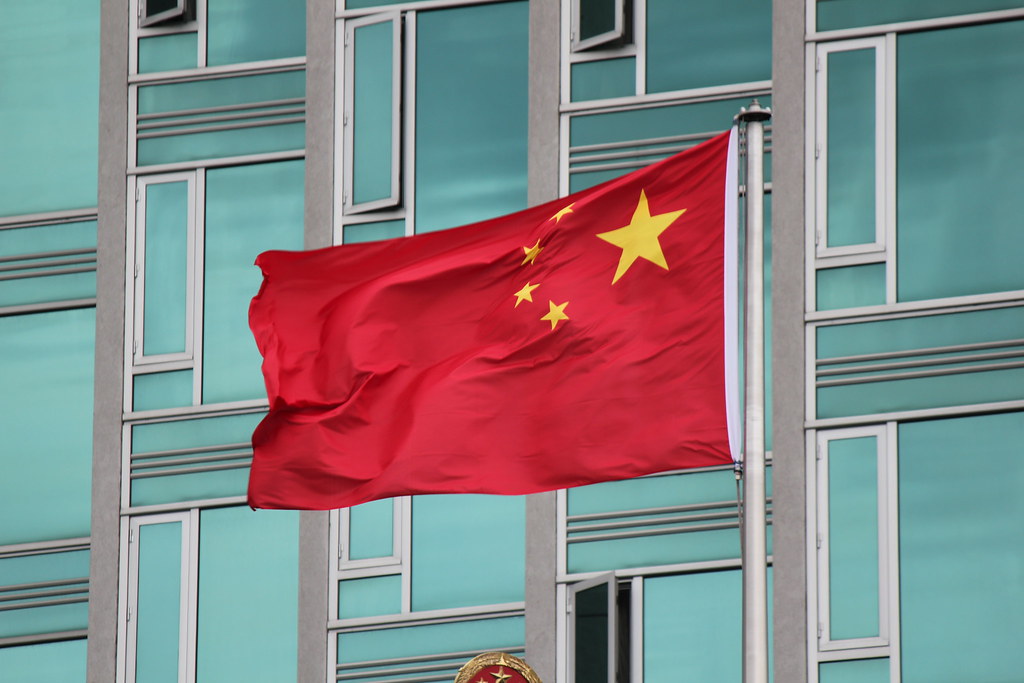Recent conflicts such as Russia and Ukraine, Israel and Gaza and then Israel, United States and Iran often make us worry about the possibility of World War III. Especially when we know that if that war happens, the use of nuclear weapons would be almost a certainty.
While we hope World War III will never happen, let’s take a look at countries who currently have nuclear weapons at their disposal.
Russia

Russia holds the world’s largest nuclear arsenal. Estimates from the Federation of American Scientists put the total at around 5,459 warheads, including both active and reserve stock.
Strategic forces likely include roughly 1,700 deployed warheads on ICBMs, SLBMs, and strategic bombers, while the remainder are either in reserve or awaiting dismantlement.
Russia has modernized its triad with new Borei‑class subs, advanced ICBMs like the Sarmat, and retains a substantial non-strategic (tactical) warhead capability.
United States

The United States possesses the second-largest stockpile, estimated at about 5,177 warheads in total. Of those, roughly 1,670 are deployed strategic warheads under New START, with an additional ~100 non‐strategic (tactical) weapons.
The broader stockpile includes several thousand in reserve or awaiting dismantlement. The U.S. maintains a nuclear triad—land-based ICBMs, submarine-launched missiles, and strategic bombers—and is engaged in ongoing modernization of delivery systems and warheads.
China

China’s nuclear arsenal is comparatively smaller but growing rapidly. SIPRI and other analysts estimate around 600 warheads in total. Most are held in reserve, with about 24 currently deployed on operational platforms like ICBMs.
China is expanding its capabilities, constructing new missile silo fields and enhancing its triad, with ambitions of reaching at least 1,000 warheads by 2030.
France

As one of the recognized nuclear-weapon states under the NPT, France maintains about 290 warheads, all thought to be operational. Its arsenal features sea-based SLBMs carried aboard SSBNs and airborne nuclear-capable cruise missiles.
France’s nuclear posture focuses on independent deterrence, and its stockpile has remained stable since the early 2000s.
United Kingdom

The U.K.’s nuclear arsenal is estimated at 225 warheads, with a plan to increase to a ceiling of 260 in the near future. All are sea-based, carried on Vanguard-class SSBNs under NATO’s submarine deterrent strategy.
Recent UK acquisition of F‑35A jets and U.S.-supplied B61‑12 bombs marks a reintroduction of air-launched nuclear capability.
India
India’s nuclear arsenal comprises approximately 180 warheads, targeting both regional rivals and forming part of its no-first-use doctrine.
These are delivered via a range of Agni-series missiles, including ICBMs and medium-range systems, as well as aircraft. Deployment is overseen by the Strategic Forces Command.
Pakistan

Pakistan possesses an estimated 170 warheads, primarily developed in strategic competition with India. Its arsenal includes short-range battlefield weapons and longer-range ballistic missiles. Pakistan has publicized significant investments in tactical nuclear capabilities.
Israel

Israel maintains a policy of deliberate ambiguity and is not a party to the NPT, yet most experts estimate its arsenal at roughly 90 warheads, possibly up to 200.
These weapons are deliverable via land-based Jericho missiles, aircraft, and submarine-launched cruise missiles. While unacknowledged, Israel’s capability is widely acknowledged within strategic circles.
North Korea

North Korea is believed to possess around 50 nuclear warheads, with fissile material for additional weapons.
Although the country withdrew from the NPT in 2003 and continues limited testing, its arsenal remains relatively small and focused on regime deterrence. Delivery methods include ballistic missiles of varying range.



















